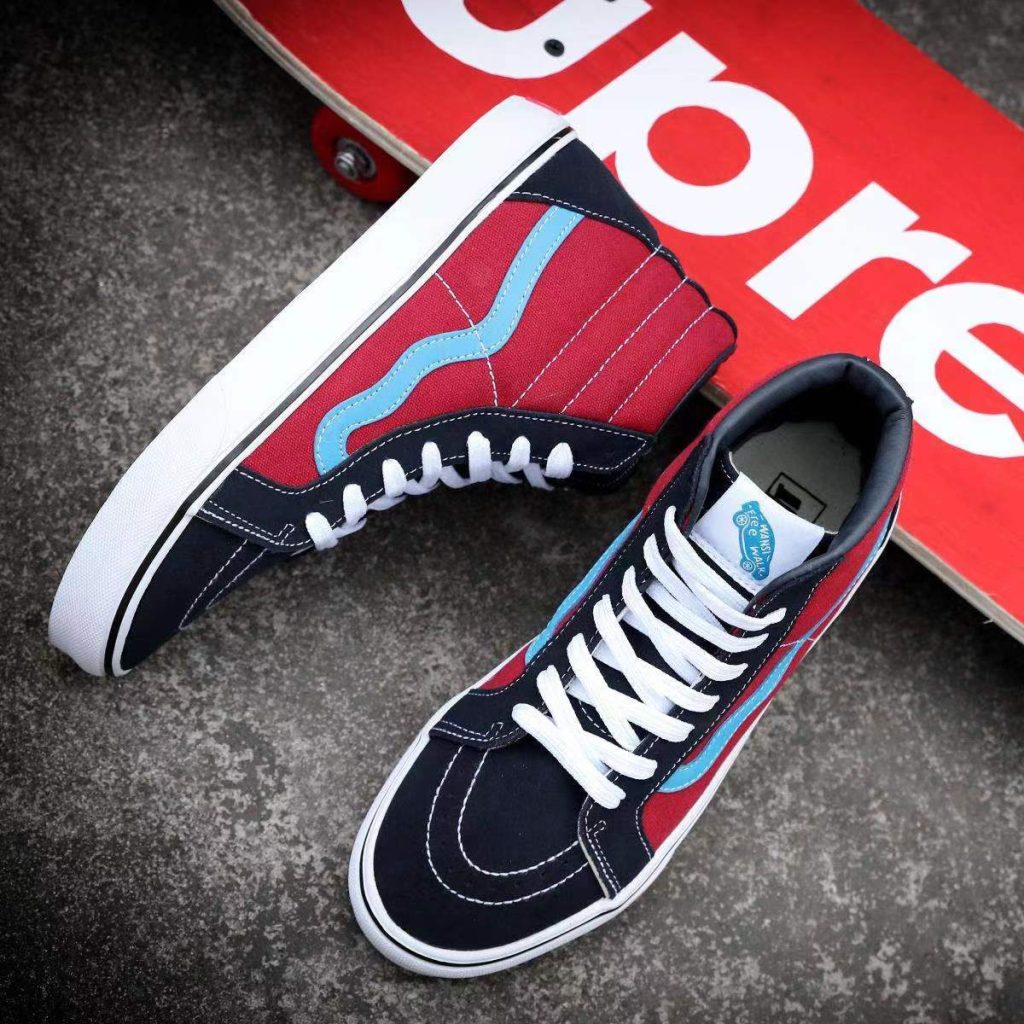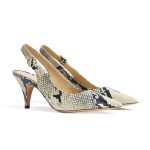Converse and Vans are both well-known brands in the sportswear and casual footwear industry, but they exhibit distinct differences in design, style, and market positioning.

History and Brand Origin:
- Converse: Founded in 1908, Converse initially focused on producing basketball shoes, gaining fame for its iconic Chuck Taylor All Star series. Converse is considered a representative of traditional American athletic footwear.
- Vans: Established in 1966, Vans originally specialized in skateboard shoes. Vans footwear is popular for its durability and distinctive skateboard culture style.

Product Lines and Styles:
- Converse: Primarily known for the All Star series, including high-top and low-top designs. Converse shoes are typically simple, classic, and suitable for both casual and athletic wear.
- Vans: Represented by series like Authentic and Era, Vans emphasizes comfort and durability. Vans designs are often more creative, blending trends with a casual style, making them widely popular among skateboard culture enthusiasts and the younger demographic.

Applicable Scenarios:
- Converse: More suitable for everyday casual and athletic wear, especially the Chuck Taylor All Star series, which is versatile for various occasions.
- Vans: Originating from skateboard culture, Vans is often seen as a representative of casual, trendy, and street-style footwear, suitable for various casual occasions.

Materials and Manufacturing:
- Converse: Frequently uses canvas material, especially in the Chuck Taylor All Star series, providing lightweight and breathable shoe construction.
- Vans: Vans footwear typically incorporates canvas or leather materials to ensure durability, especially important in skateboarding where a strong grip is required in the shoe sole.

Prices:
- Converse: Generally, Converse prices are relatively budget-friendly, catering to a wide consumer base.
- Vans: In the sportswear and casual footwear market, Vans prices are also reasonable, falling into the mid-range category.

In conclusion, both Converse and Vans have unique brand characteristics, suitable for consumers with different preferences and styles. The choice between these brands often depends on individual fashion preferences, usage scenarios, and personal activities.










More Stories
Rokform: Leading the Way in High-Quality Mobile Accessories
Discover Columbia: Your Ultimate Outdoor Companion
Experience Belk: Where Southern Charm Meets Modern Retail